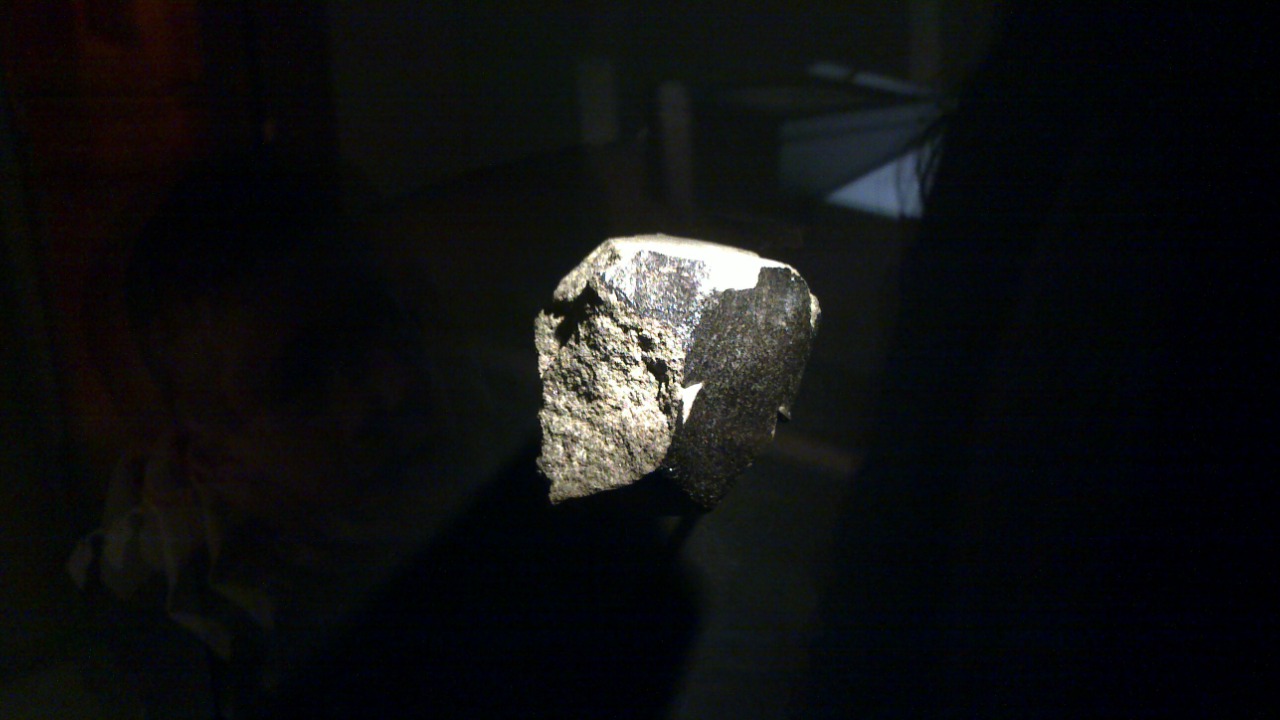
It’s fascinating to think that pieces of Mars have landed on Earth, providing scientists with valuable insights into the Red Planet. These meteorites are rare and offer clues about Mars’ past, including its geological history and potential for life. Here are six meteorites that scientists believe originated from Mars.
Allan Hills 84001
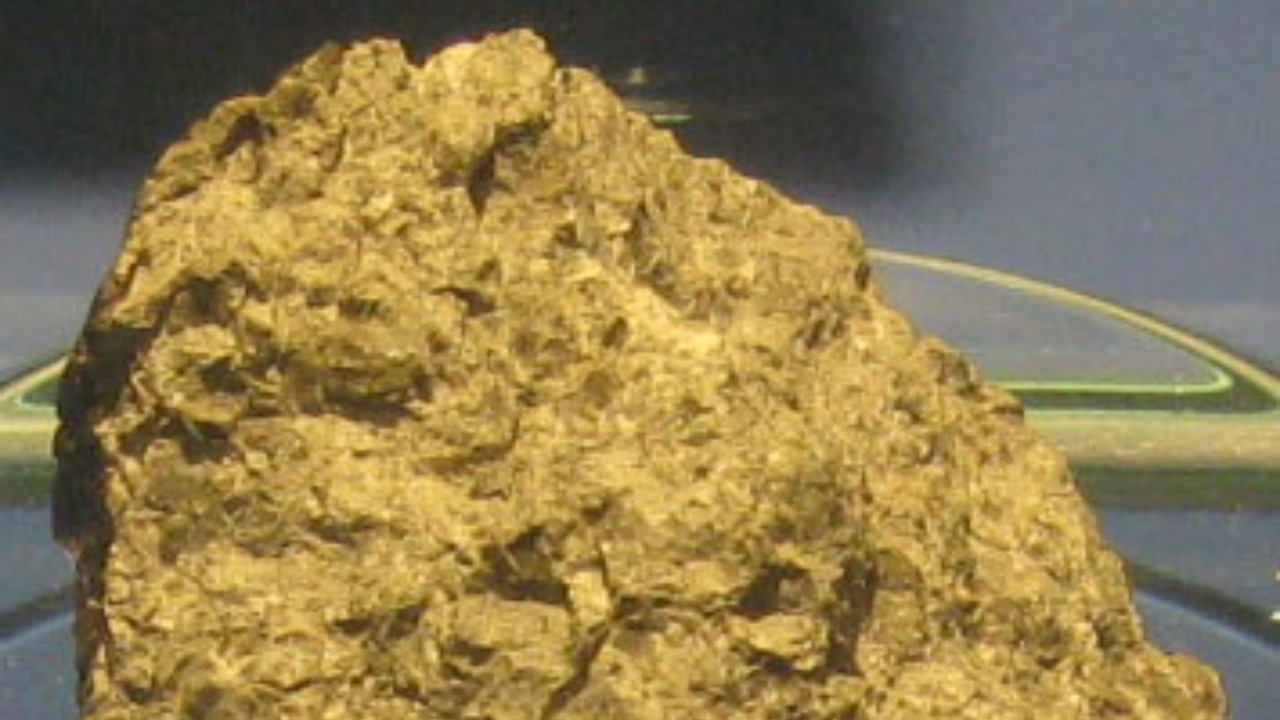
Allan Hills 84001 is one of the most famous Martian meteorites, discovered in Antarctica in 1984. This meteorite sparked significant interest when scientists found structures inside that some believed could be fossilized microbial life. Though the hypothesis remains debated, the rock’s formation about 4 billion years ago provides a window into Mars’ early history, making it a subject of extensive study and intrigue.
Researchers continue to analyze Allan Hills 84001, exploring its mineral composition and isotopic signatures. These studies help to enhance our understanding of Mars’ environment during a time when it might have been more hospitable to life than it is today. Such discoveries highlight the importance of meteorites in piecing together the planet’s evolutionary narrative.
Chassigny

Chassigny is a unique Martian meteorite that fell in France in 1815. It is the only known member of the chassignite group, a rare type of Martian rock. Its composition is rich in olivine, a mineral that provides insights into the Martian mantle’s characteristics. Studies of Chassigny have contributed to understanding the volatile elements in Mars’ interior, such as hydrogen and carbon.
The meteorite’s isotopic ratios have allowed scientists to draw comparisons between the Martian and Earth mantles. This comparison aids in understanding the geological processes that have shaped both planets. Through Chassigny, researchers gain a clearer picture of the differences and similarities in planetary formation and evolution.
Nakhla
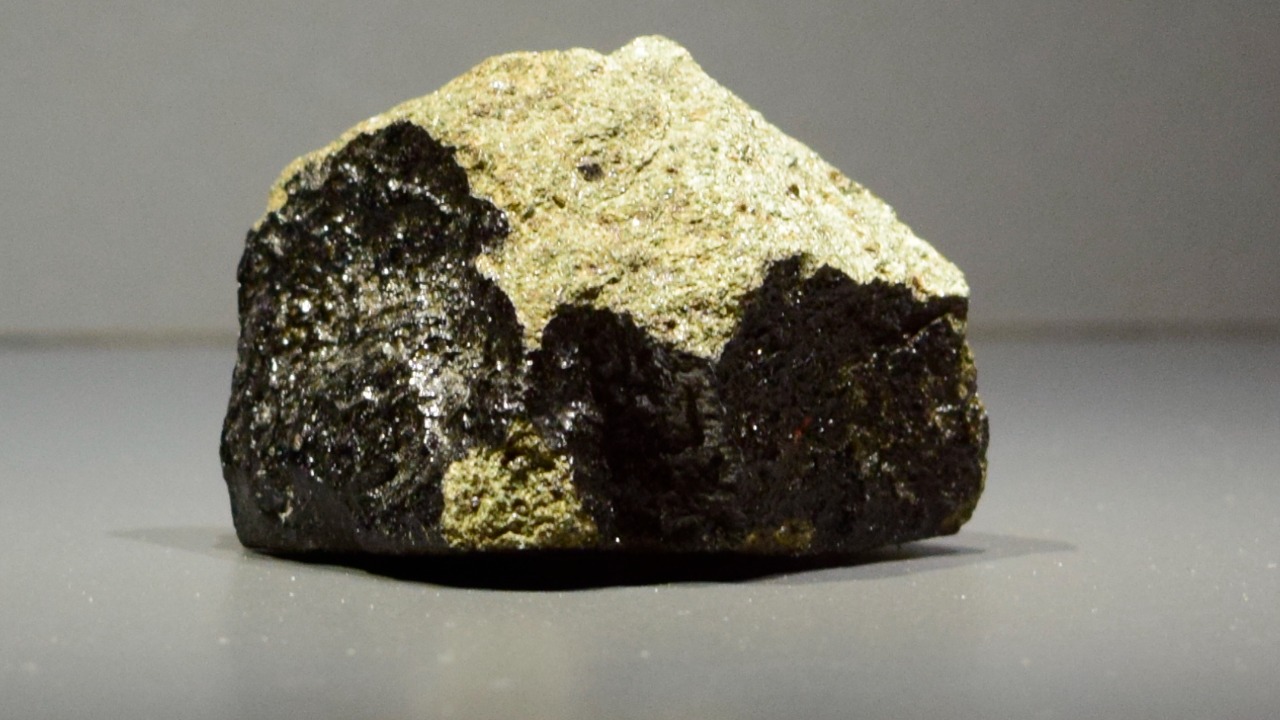
The Nakhla meteorite fell in Egypt in 1911 and is known for its historical significance and unique properties. This meteorite is part of the nakhlite group, which is believed to have formed from volcanic activity on Mars around 1.3 billion years ago. Its interaction with water prior to ejection from Mars is of particular interest, providing hints about the presence of liquid water on the Martian surface in the past.
Nakhla’s history has been vital for researchers studying organic molecules and potential life-supporting environments on Mars. The mineralogical and isotopic data from Nakhla offer clues to the planet’s volcanic and aqueous history, enhancing our understanding of Mars’ ability to support life.
Shergotty
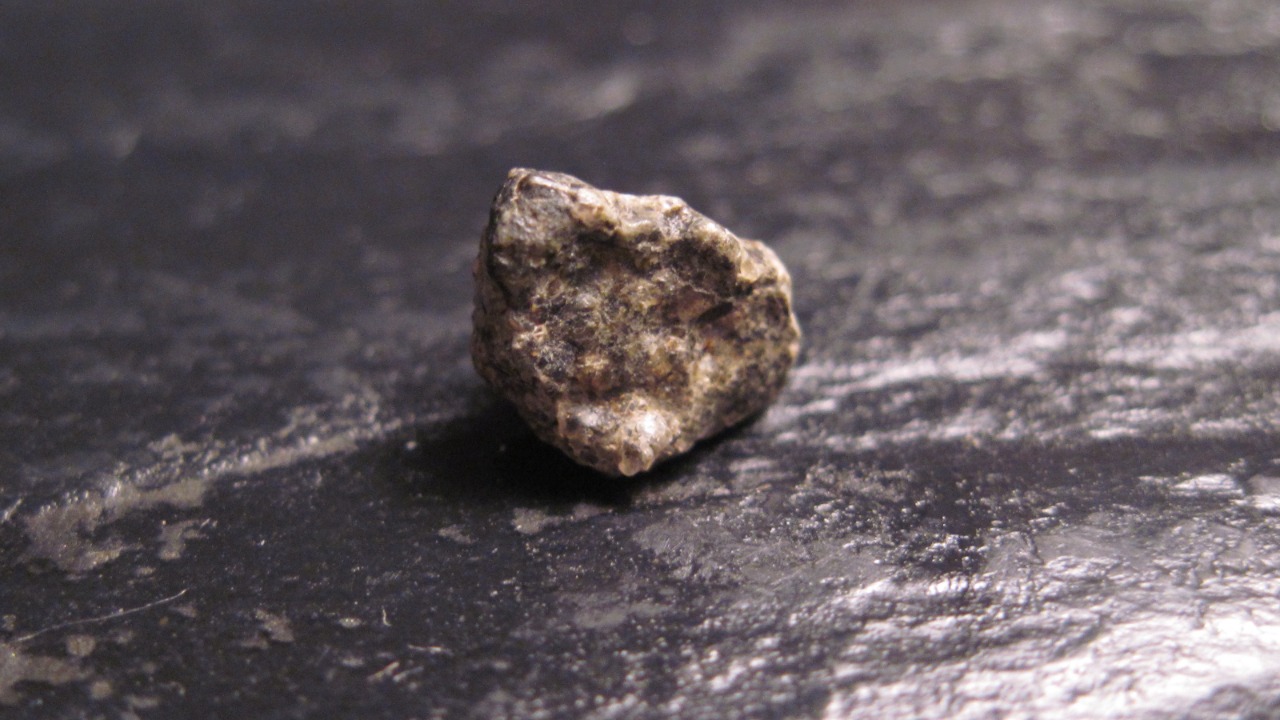
Discovered in India in 1865, the Shergotty meteorite has been crucial in understanding Martian geology. As the namesake of the shergottite group, it consists mainly of basalt, indicating it formed from lava flows. This meteorite’s chemical composition and age, estimated at about 165 million years, suggest relatively recent volcanic activity on Mars, compared to Earth’s geological timeline.
Shergotty’s study has provided insights into the thermal and volcanic history of Mars. By examining its crystalline structures, scientists can infer the cooling rates and volcanic processes that occurred on Mars, offering a glimpse into the planet’s dynamic interior and its potential to harbor life.
Tissint
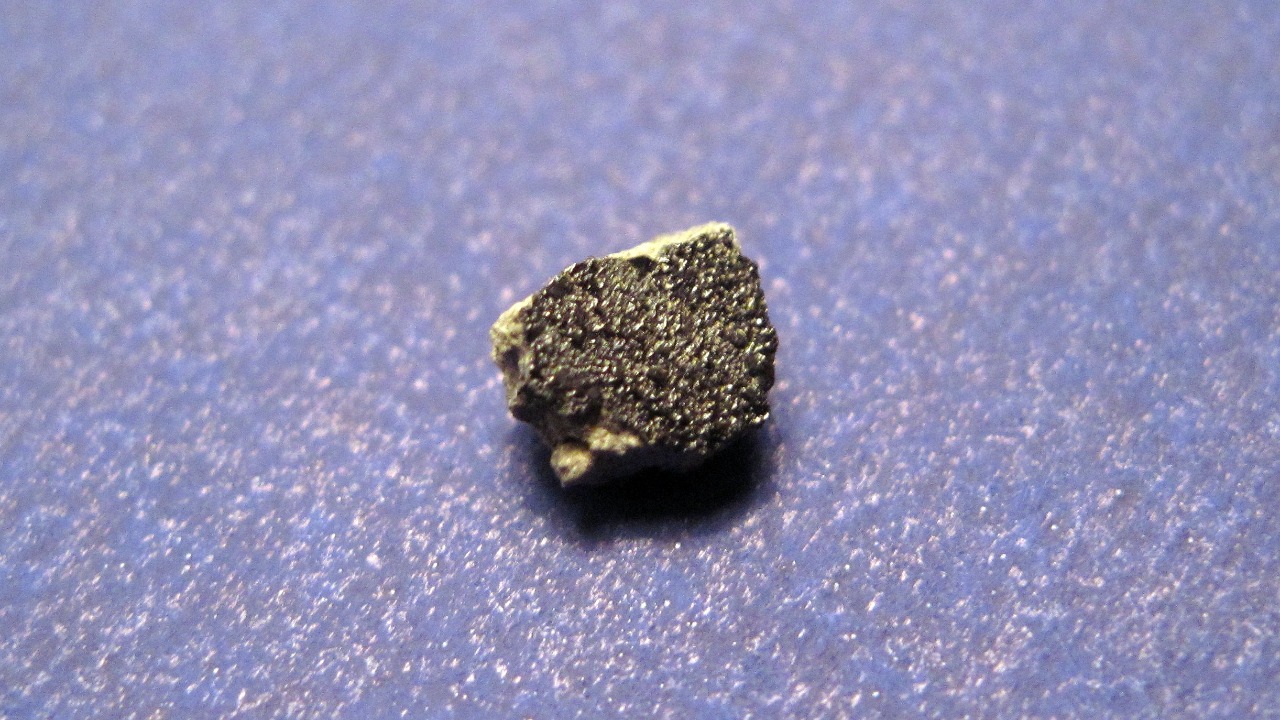
The Tissint meteorite fell in Morocco in 2011 and is one of the most recent Martian meteorites to be recovered. Its rapid collection after landing minimized terrestrial contamination, making it an invaluable specimen for scientific study. Tissint’s composition includes traces of Martian atmosphere trapped within, providing a direct sample of the gases present on Mars.
This meteorite has been instrumental in studying the planet’s atmospheric evolution and surface processes. The gases trapped within Tissint offer clues about Mars’ climatic history, allowing scientists to analyze changes over time and the implications for life on the Red Planet.
Zagami

Zagami is the largest single Martian meteorite ever found, having landed in Nigeria in 1962. This meteorite belongs to the basaltic shergottite group and has been a subject of extensive research due to its size and well-preserved state. Its composition offers insights into the volcanic activity on Mars and the conditions under which Martian rocks form.
Zagami’s study has provided information on the mineralogy and geochemistry of Martian basaltic rocks. By analyzing its features, scientists can better understand the planet’s crustal composition and the processes that have shaped its surface. This knowledge contributes to the broader understanding of Martian geology and its potential for past life.